If you are a homeowner, business owner, or public sector organizer seeking budget funding for your renewable energy projects, there is no better time to apply than today.
The UK Government, committed to achieving net-zero emissions by 2050, has proposed and implemented various renewable energy grants to incentivise homes, businesses, communities, and the public sector to take action in reducing carbon emissions.
Seize this opportunity and determine if you qualify for an energy grant from energy suppliers or the government. These grants’ application processes are highly competitive, so it is advisable to apply as soon as possible.
So, without further delay, here are 13 Renewable Energy Grants in the UK for 2023.
- Renewable Energy Grans: UK Plug-in Car Grant.
Ultra-low-emission vehicles such as plug-ins and electric hybrid vehicles play a significant role in the government’s plans to develop a modern transport system that promotes environmentally friendly choices.
The UK Plug-in Car Grant offers a discount on the purchase price of a new electric car. This grant takes the form of a cash incentive provided by the government to the car manufacturer and dealership, making it easier for consumers to acquire electric vehicles.
Which Vehicles Are Eligible for a Plug-in Car Grant?
While the grant is given to vehicle manufacturers and dealerships, car owners can enjoy a discount on the cost of a new low-emission vehicle. The grant amount varies depending on the vehicle category and may apply to cars, motorcycles, wheelchair-accessible vehicles, mopeds, large vans, small vans, trucks, and taxis.
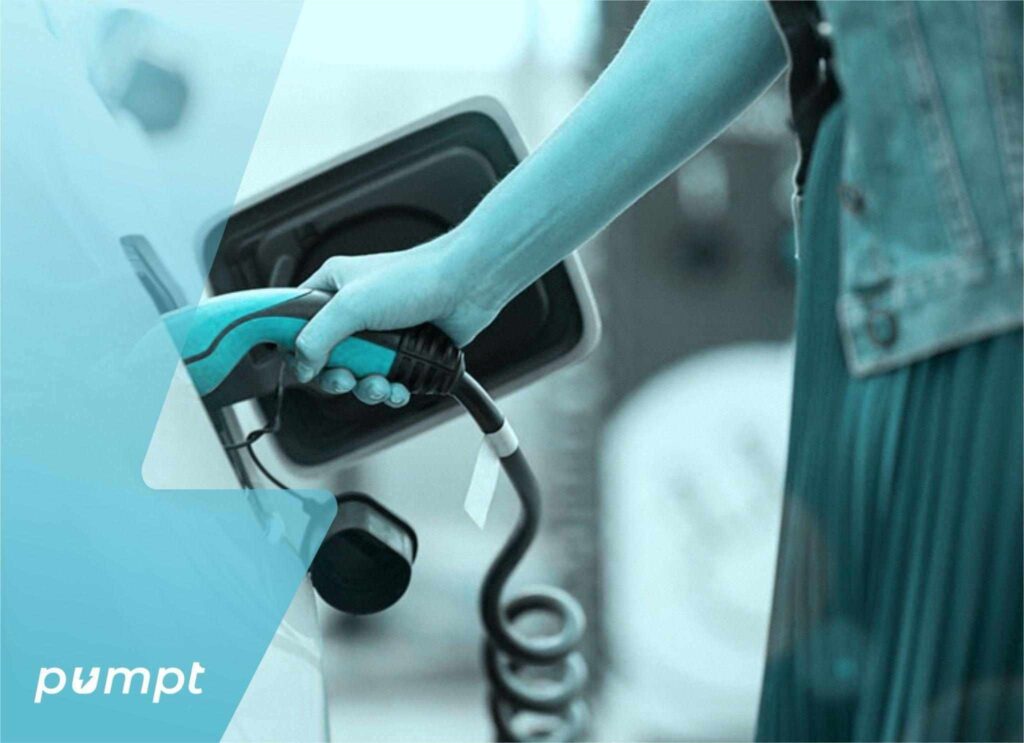
You don’t have to work extra when buying one of these low-emission vehicles because the dealer will add the grant’s value to the vehicle’s price.
Car owners can get a maximum grant of £1,500 for these cars.
Eligible Low-emission Vehicles for the Grant
The grant’s amount will depend on the category of the vehicle the car owner has. These categories include:
- Cars
- Motorcycles
- Wheelchair accessible vehicles
- Mopeds
- Large vans
- Small vans
- Trucks
- Taxis
How Do I Apply for a PICG Grant?
It’s important to note that not all low-emission vehicles qualify for this grant; only government-approved vehicles are eligible. To determine if your electric vehicle is government-approved, consult the list of eligible vehicles for the PICG grant.
If your vehicle meets the criteria, simply complete the application form on the government’s plugin grant service website. If you’re new to the site, you’ll need to create an account to log in.
For more information about the PICG Grant, Read: OZEV Grant Changes 2023
- OLEV Grant Scheme For the Installation of Plug-in Vehicle Chargepoints
More car manufacturers and users are transitioning to low-emission electric vehicles, and this trend is expected to continue growing. With the shift from high-emission to low-emission vehicles comes the need to install plug-in charge points.
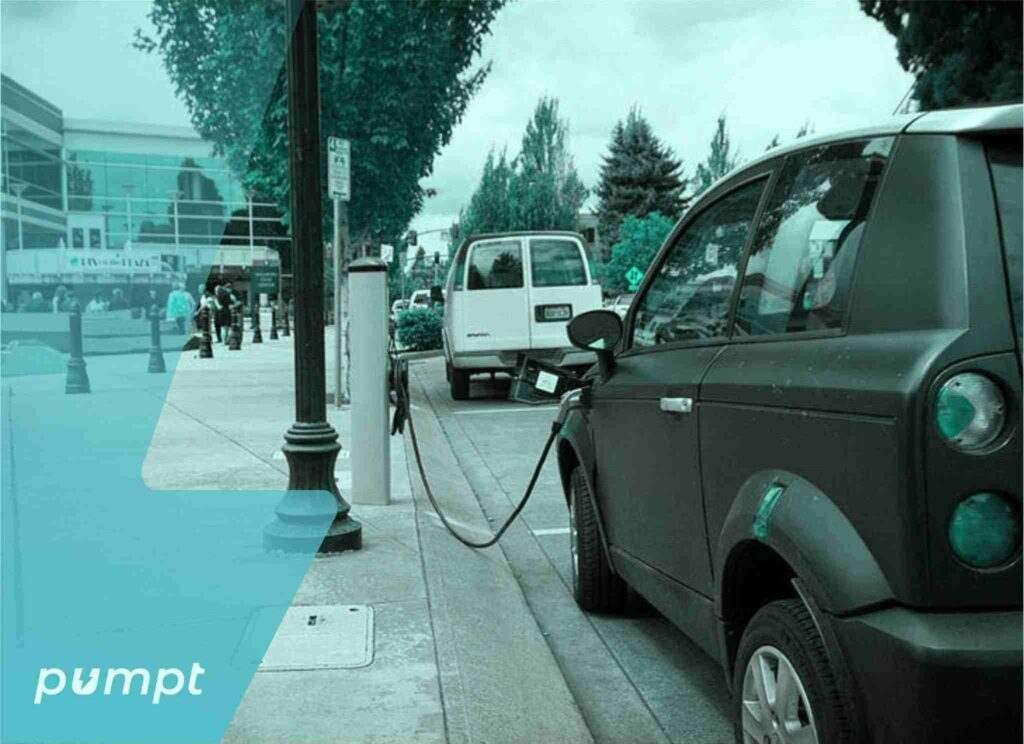
The Government has set into motion a grant scheme that helps the public within the UK install charging infrastructure for plug-in vehicles on their property.
The government has initiated a grant scheme to assist the UK public in installing charging infrastructure for plug-in vehicles on their properties.
The Grant Scheme for the Installation of Plug-in Vehicle Charge Points offers eligible public organisations a grant fund administered by OLEV (the Office of Low Emission Vehicles) for the installation of charge points on their property. This infrastructure is expected to be installed in car parks, making it accessible to employees and visitors as needed.
Please note that the scheme’s primary target users are not the general public, although the public is welcome to access these charge points.
What Does the Grant Fund Cover?
The grant covers up to 75% of the capital expenses related to the purchase and installation of charge points on public property. Eligible expenses include:
- Cost of charging unit
- Surveys during the procurement of the infrastructure
- Parking bay capital costs (signage, paint. etc.)
- Civil engineering tasks
- Electrical components
- Hardware costs
- Installation labour costs
- Software systems capital costs
How to Apply for an OLEV Grant?
OLEV requires public sector organisations to submit documented bids with their application form. Your bid should include:
- essential details about the charge points you intend to install
- the rationale behind their placement
- estimated costs
- results of the initial project survey
- information about partner organisations
- the estimated project timescale.
Once your application is complete, you’ll need to check the list of certified installers, select the electric company from which you’ll purchase a charging station, and apply through their platform as well.
Click here for more information about OLEV Grants: OLEV Government Grant
- Renewable Energy Grants: Bio-energy Capital Grants Scheme
The UK-wide Bio-energy Capital Grant Scheme is a joint initiative funded by the DTI (Department of Trade and Industry) and the Lottery Distributor, the New Opportunities Fund, with support from the Department for Environment, Food, and Rural Affairs.

The Bio-energy Capital Grants Scheme promotes the use of energy derived from biomass, particularly from energy crops, through the stimulation and support of electricity generation and biofuel production.
The scheme provides grants to cover capital costs for equipment installation in biomass-fueled development projects across industrial, community, and commercial sectors. Its main objective is to support equipment installation and services that contribute to the development of a biomass fuel market.
By encouraging a more cost-effective use of biomass for electricity and renewable heat incentives in the UK, the scheme aims to contribute to the country’s renewable energy goals and reduce greenhouse gas emissions. To date, the scheme has facilitated the installation of more than 500 biomass units.
How to apply
Please be aware that this scheme is highly competitive, as applicants must bid for the minimum grant amount for their projects. The maximum grant provided for each project is limited and cannot exceed 40% of the project’s eligible costs.
For detailed information on how to apply for this scheme, refer to the Bio-energy Capital Grants Guide.
- ELENA – European Local Energy Assistance
The European Local Energy Assistance (ELENA) offers grants and loans to public and private organisations for energy efficiency and other renewable energy projects. ELENA focuses on technical assistance for buildings and urban transport.
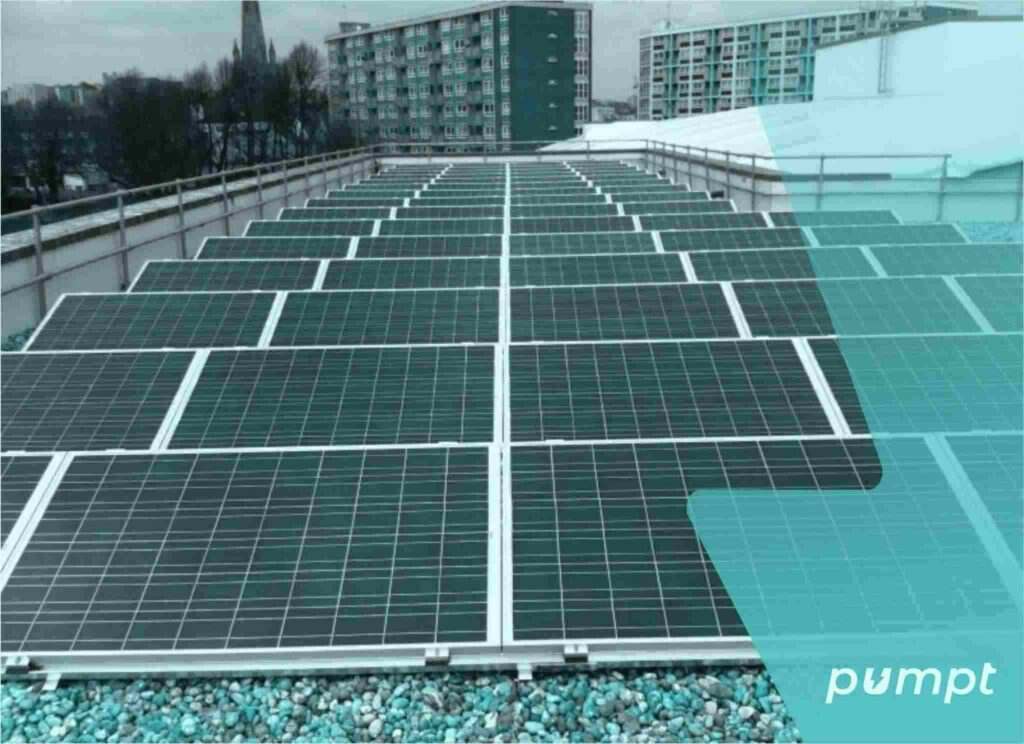
Generally, ELENA funds investment programs with a three-year completion period for energy efficiency projects and four years for urban mobility and transport projects.
ELENA aims to support and encourage the aggregation of projects to attract financing and contractors.
Who is Eligible for the Environmental Defense Fund?
Public sector
- Government organisations
- EU Member States
- Local, municipal, and regional authorities
- Financial institutions
- Public corporations
Private sector
- Private groups looking to support and develop eligible investments (banks, a mix of private & public, etc.)
- Other private associations like homeowner associations or social housing associations
What activities are eligible for ELENA Grants?
ELENA can grant the following activities:
- Energy audits and technical studies
- Legal advice
- Financial advisory and business plans
- Preparations for the tendering procedure
- Project management
- Project bundling
Energy Efficiency Projects
ELENA supports renewable energy and energy efficiency projects for buildings, including eligible projects such as:
- Energy efficiency for buildings (residential and non-residential)
- Public lighting
- Renewable energy sources for buildings (solar panels, etc.)
- District heating such as biomass boilers and combined power and heat plants
- Smart grids
Sustainable Residential
ELENA supports homeowners associations and private individuals in preparing and implementing energy efficiency redevelopment and other residential building renewable projects such as:
- Social housing
- Multi-family buildings
- Single-family buildings
Urban Mobility and Transport
ELENA also supports innovative mobility and transport projects within urban areas reducing emissions and saving energy, such as:
- Investments for urban mobility using alternative energy such as refuelling infrastructure and vehicles.
- Investments for the promotion of energy-efficient transport in urban areas, including urban logistics, mobility, urban infrastructure, intelligent transport systems, and soft mobility.
How to Apply for an Environmental Defense Fund (EDF)?
- Contact ELENA at their Client Connect page and fill out the pre-application form
- If your proposal is eligible and selected for appraisal, ELENA’s administrators will guide you through the next steps in the application procedure.
- You’d be asked to prepare application forms for energy and residential projects and mobility projects.
- You will be asked to submit a declaration to verify that you agree with the organisation’s Privacy Policy
- ELENA will do the final assessment after which the European Commission will do the final approval
- Social Housing Decarbonisation Fund
Social Housing Decarbonisation Fund is available to registered providers of Social Housing.
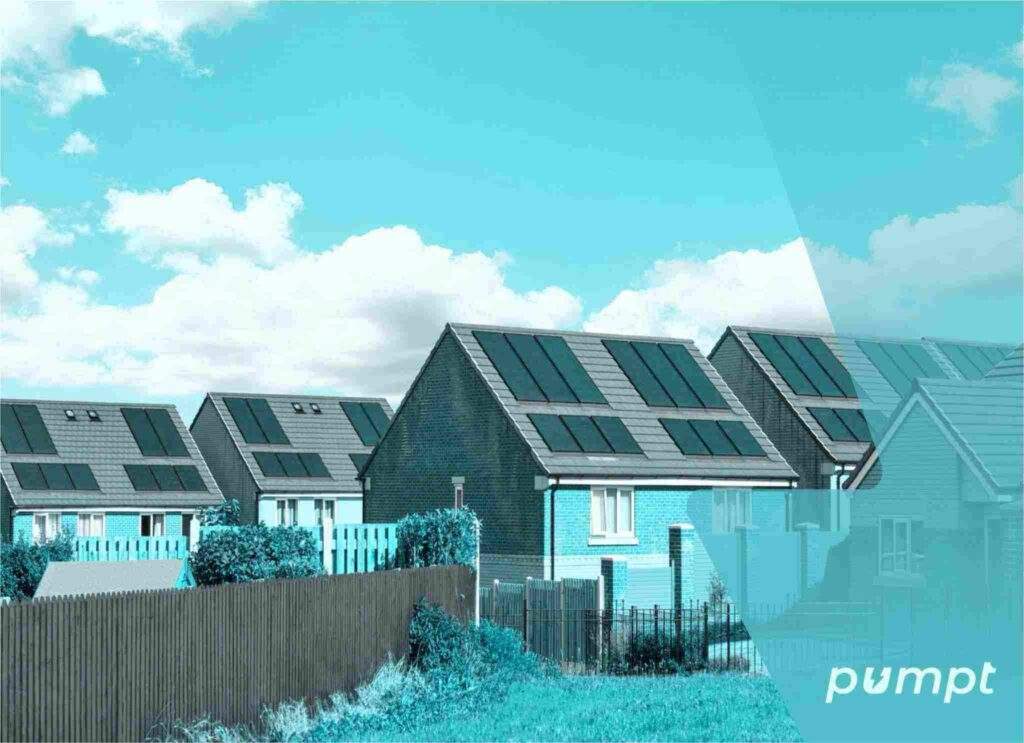
The Government proposed a Social Housing Decarbonisation Fund of up to £3.8bn for 10 years, to enhance the socially rented homes’ energy performance. In 2020, an SHDF of £62m was released, and then another £160m was announced for the 2021-2022 financial year.
The scheme aims to maximize the suitability of houses for low-carbon heating in the present and the future. With the scheme, properties are expected to reach a 90kwh/m2/year of space heating demand.
This scheme enables eligible measures with Standard Assessment Procedure except for fossil fuel heating systems. Installation of Low Carbon Heating and new heating systems should reduce bills compared to the present system.
- Solid wall insulation
- Cavity wall insulation
- Loft insulation
- Heating systems
- Door and window replacement
- Heat pumps and solar panels
- Water efficiency systems and devices
How Can Social Housing Providers Apply for the SHDF?
Applicants must show they can:
- Organize an effective delivery team
- Identify eligible dwelling groups for reconstruction and get the permission of their occupants
- Secure materials and skills from the reconstruction supply chain on time
- Measure dwelling performance to recognize reconstruction needs
- Design and execute reconstruction to enhance energy performance and meet targets
- Ensure discharge of reconstruction in a manner that avoids overheating, damping, and other adverse consequences
- Organize everything and implement all projects by Jan 2023
Applications will be divided into three scoring sections:
- 45% for Strategic Fit to evaluate how the proposal meets goals, eligibility criteria, and desired outcomes of the SHDF Scheme.
- 35% for Delivery Assurance to evaluate the project’s credibility and feasibility.
- 20% Value for Money to guarantee the projects provide good money value for SHDF.
Which Projects Are Considered Suitable?
- Projects should be facilitated by any of England’s local authorities.
- Social housing projects of Private Registered Providers can apply with the consortium of a local authority in England.
- Social housing projects including LA and private providers are eligible irrespective of type.
There’s no need for the Lead Authority to submit its stock as part of the consortium. The bid can consist of stock from providers of social housing tenants. There’s no eligibility in terms of income when it comes to social housing tenants. There is no income-related eligibility for social housing tenants.
How much Funding is Provided for every Property?
According to the RAC, the cost for installing an EV charger at home, including the charging station itself, is approximately £800. While this might initially seem substantial, it’s worth noting that the government offers grants that can cover up to 75% of the charge point’s cost, with the maximum grant contribution being £350.
As a result, the cost to install a home charging station can be significantly reduced, often averaging around £450. When considering the potential savings of £1,400 per year on fuel, based on an annual travel distance of 10,000 miles, you can recoup the charger’s cost in just a few months.
Are Mixed Tenures Counted in The Projects?
Other tenure types can be funded through SHDF, provided that social homes are unfavourably affected in their absence and the bid contains at least 70% of social housing.
The funding is focused on infill measures that residential units should have so that the social homes can fulfil the fund’s performance requirements, which are insulation or ventilation.
What are the Eligibility Requirements for Installers?
Installers must be TrustMark Registered or certified to equivalent MCS standards and comply with the registry’s requirements.
Note: Registered Providers of Social Housing are eligible to apply for the Social Housing Decarbonisation Fund. Private registered providers can only apply as part of a consortium led by Local Authorities.
You may also want to about UK Landlords and EV Charger Grant
- Renewable Energy Grants: Rural Community Energy Fund
The Rural Community Energy Fund (RECF) has £10 million in renewable energy funding for rural communities and assets in England to enact energy-efficient solutions.
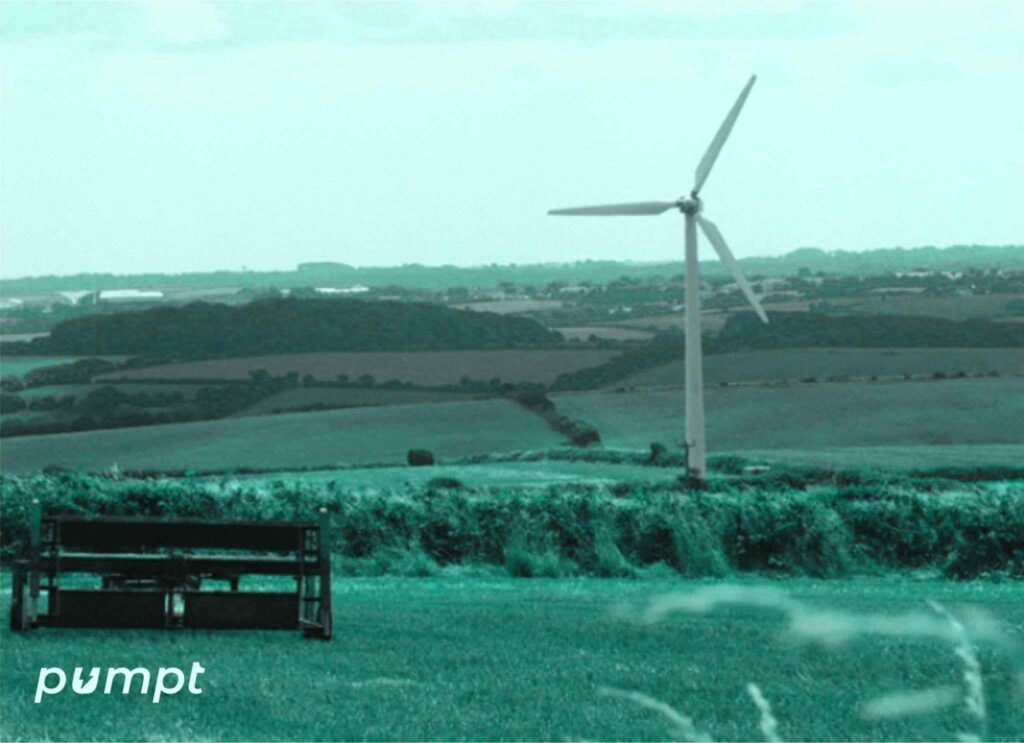
The fund can provide at least 50% of a project’s value and has 2 stages:
- First stage: a £40,000 maximum funding for renewable energy feasibility studies
- Second stage: £100,000 for the business planning and development in the second stage.
Rural community energy assets that have been developed will be provided with a consistent income for the next 20-25 years and surpluses will be placed in community projects.
Impact ventures and Startups that save lives
The Community Energy Fund aims at building a venture ecosystem that looks for innovative ways to tackle social problems.
Many people are struggling daily with education, financial inclusion, and health care. Innovative technologies that involve renewable energy and other money-saving solutions can help tackle these problems by providing products and services that improve people’s standard of living.
Who can apply for a Community Energy Fund?
Nonprofit/non-private and public-sector organisations can apply along with:
- Community benefit societies
- Community energy companies
- Charities
- CICs
- Community groups
- Town, parish, and district councils
How to apply for a Community Energy Fund
To apply for a community energy fund, download the Community Energy Fund Application Pack. Fill up the application form and email it to rcef@teesvalley-ca.gov.uk
- Industrial Hydrogen Accelerator Programme
This program offers funding to UK business innovation projects that transition from conventional industrial fuels to hydrogen. It supports the development of hydrogen technology and demonstrations to explore its role as a low-carbon alternative. Explore the different courses within the programme and find out how to express your interest.
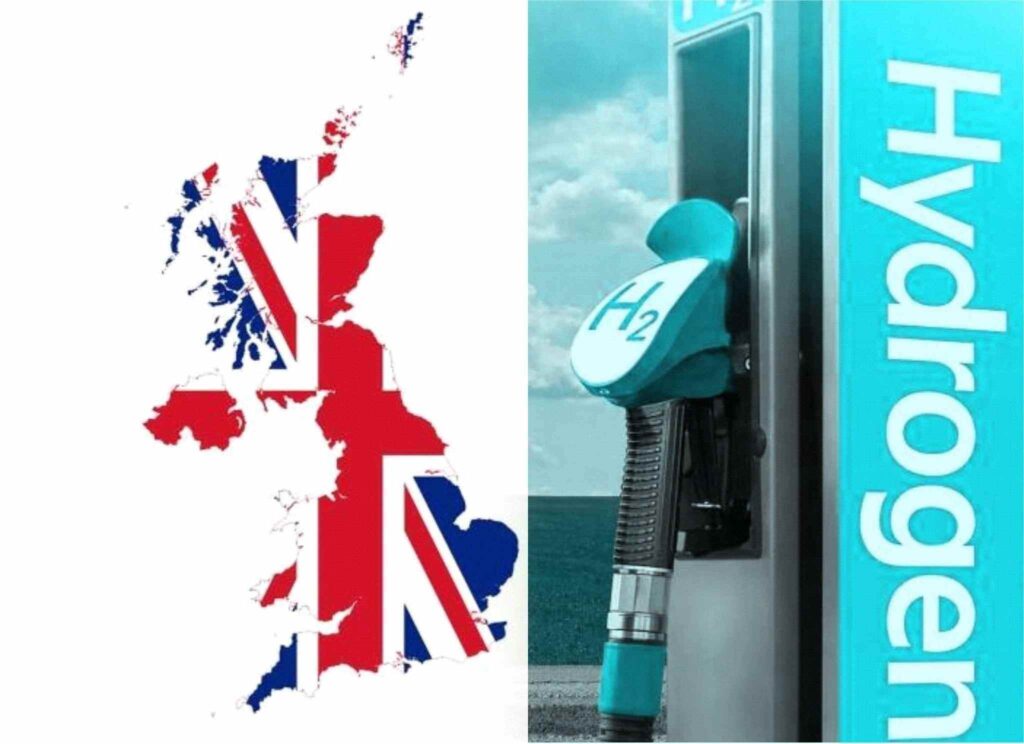
The Business, Energy, and Industrial Strategy (BEIS) proposed to conduct an IHA or Hydrogen Accelerator competition to subsidize projects providing proof of a complete industrial fuel switch to hydrogen.
The program is part of BEIS’s £1 billion Net Zero Portfolio, which focuses on accelerating the production of innovative renewable energy technologies and methods from 2020 to 2030.
It covers the entire technology chain, including hydrogen generation, delivering infrastructure to industrial end-use, and the integration of components within one project. The competition would subsidize demonstrations and feasibility studies.
The feasibility studies would tackle how systems are created and share an outline of the technical costs and requirements. These demonstration projects will design industrial hydrogen systems including hydrogen production to illustrate their feasibility, costs, and prospective real-world performance.
Programme Structure
The initial programme structure is this:
Course 1: Demonstration Grant
- A demonstration and competition of projects for grant funding, soon to open in April 2022 will require applicants to come up with match funding
- Projects are expected to be ordered 1-10MW
Course 2A: Feasibility SBRI
- Feasibility studies competition for SBRI, soon to open in April 2022
- Match funding isn’t necessary
- Winners can bid for a second demonstration grant
Course 2B: Demonstration Grant
- Course 2B is a continuation of Course 2A and is available only to projects that have done feasibility studies.
- Projects are expected to be ordered 1-10MW
The information generated by this program on using hydrogen in industries will help make strategic decisions on low-carbon hydrogen’s role as a viable alternative to natural gas.
Expression of Interest
If you are interested in taking part in this competition, fill out the Expression of Interest Form to get updates on IHA programme developments.
The announcement doesn’t formally entail procurement nor is it a commitment from BEIS to perform a procurement application. There will be a separate notice should BEIS decide to call for proposals or start a procurement.
Find out more information about Expression of Interest.
- Renewable Energy Grants: Green Gas Support Scheme (GGSS)
The GGSS provides tariff support for biomethane production through anaerobic digestion in England, Scotland, and Wales. Its goal is to inject more green gas into the national gas grid, contributing to carbon savings and reducing the environmental impact of gas supplies.
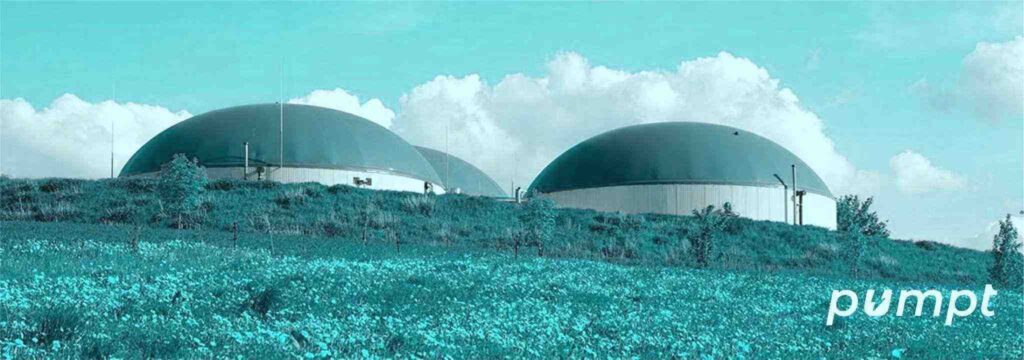
This scheme provides tariff support for biomethane produced via anaerobic digestion and inoculated into the gas grid, in England, Scotland and Wales.
Funds are estimated to support the growth of plants and the building of infrastructure for the production of biomethane along with present operational costs.
Expected Results
The scheme aims to promote the initiative of decarbonizing Britain’s gas supplies by injecting more green gas into the gas grid. Within the peak years of its production, biomethane plants funded by GGSS can produce green gas amounts to heat 200,000 homes.
The GGSS expects to put in 3.7 million tons of carbon savings on its 4th or 5th budget, and an estimated 8.2 million tons of carbon savings in its lifetime. This takes at least 3.6 million cars off the road for 1 year.
Tariff and Budget
The scheme comes with two separate budget caps:
- The ABC or Applications Budget Cap – a cap wherein the scheme’s applications are checked to make sure there’s a budget according to the production and spending.
- The OSEB or Overall Scheme Expenditure Budget Cap – set over ABC, the cap correlates directly to the levy collection.
Tariff Review
The yearly tariff review is the main mechanism for amending tariffs provided to applicants. The review is conducted to make sure the scheme meets its objectives and delivers its money’s worth.
The Annual Tariff Review outcome will be announced in the autumn of each year, with changes taking place at least every month upon announcement.
This degression mechanism by the GGSS helps prevent over-compensation of biomethane deployment. It reduces tariffs for new applications up to 10% if the quarter’s set expenditure exceeds or is expected to exceed.
The Green Gas Levy or GGL
The GGL or Green Gas Levy puts responsibilities over registered gas suppliers like the obligation to conduct quarterly levy payments for the funding of GGSS.
The GGL assesses and registers GGSS applications, where appropriate. Assessments are conducted according to the evidence provided in the application and specific circumstances of biomethane production.
Applicants should be eligible to be allowed registration. Validation and calculation of the participant’s periodic data, support payments, compliance, and other regulatory requirements will also be done. Other things that need to be validated include credit cover requirements and quarterly meter point data.
It is the applicant, participant, or supplier’s responsibility to understand the GGSS requirements and regulations and how they apply.
- Co-op Carbon Innovation Fund
The Co-op Carbon Innovation Fund supports organisations in the farming and food sector in the UK that aim to reduce greenhouse gas emissions. Eligible projects should focus on improving sustainability, supporting communities, and addressing climate change. Discover the criteria for eligibility and the application process for this fund.

biomethane plants and infrastructure for renewable energy in England, Scotland and Wales
The £3m Carbon Innovation Fund will be available for three years. Funding ranges between £75k and £100k for up to 10 projects per year. Eligible applicants include organisations such as charities, co-operatives, social enterprises, and local and regional governments.
Who’s Eligible?
The Carbon Innovation Fund supports projects that help reduce greenhouse gas emissions in the following sectors:
- Food and farming production
- Community agriculture initiatives
- Agro-ecology and regenerative agriculture
- Diversity and education are among the major players in the farming and food sector.
How to Apply
Applications are evaluated based on these criteria:
- Greenhouse gas emissions reduction
- A concrete plan for the investment to minimize greenhouse gas emissions within the farming and food sector.
- You should explain how your proposed project can reduce greenhouse gas emissions.
- The reference presents research that shows how the proposed project can reduce greenhouse gas emissions.
- Reference a similar project that publicly demonstrates its ability to reduce greenhouse gas emissions.
- Reference your third-party research that validates how the project minimizes greenhouse gas emissions. You will also be asked to share the methodology used to verify the results.
How to Verify Applications
Innovation
You should demonstrate that you have an innovative project under these criteria:
- Is it something new in your region, sector, or country
- It’s not something new but is different from the status quo (including ancient, indigenous, and traditional methods)
- A new or unique method of providing some already existing
Cooperation
- Demonstrate your cooperation with others at any period in your project.
- Show that you are learning and benefiting from others in designing and delivering the project. For instance, you can show the project can benefit your local community and other organisations. Note: This doesn’t necessarily mean that you formally open a partnership with others.
Broader Environmental Benefit
You must demonstrate more environmental benefits aside from reducing greenhouse gas emissions. For instance, increasing biodiversity, reducing pollution, restoring the oceans, or reducing food waste.
Community Benefit
You must show that your project benefits communities and people aside from reducing greenhouse gas emissions.
Addressing Inequality
You must demonstrate that your project will specifically benefit the people who have been most affected by the climate crisis.
Where will Funding be Provided?
Funding will be provided for, but not limited to:
- Staff costs
- Research and development
- Training costs
- Material and equipment costs
- Project-related costs, such as transport, utilities, etc.
- Project evaluation
- Land or building projects
Funding your Co-op Founder will never cover the entire project costs. The Co-op Carbon Innovation Fund Guide will provide more information about this fund.
- HSBC Green SME Fund
HSBC UK’s Green SME Fund offers funding to small and medium-sized businesses investing in renewable energy and green projects. The fund is dedicated to helping businesses transition to a low-carbon economy. Learn how to qualify for a cash incentive through this fund.

HSBC will be using the £500 million Green SME Fund to support businesses in their shift to a low-carbon economy.
HSBC asserts that firms should have access to funds to help them reach lower carbon emissions. Small to medium-sized businesses can invest in different green initiatives and solutions with the support of this fund.
The bank stated that a green offering is the first with a cash incentive for small businesses in the UK.
How to Qualify for an HSBC Green SME Fund
To be eligible for a cash incentive, there must be evidence that using the loan follows HSBC’s Eligible Criteria for Green Activities that have been reviewed independently through analytics.
HSBC will also be launching its Sustainability Assessment Tool to provide practical insights and knowledge to help businesses reach net zero.
Expanding Resources, Tools, and Expertise
The latest research from HSBC UK reveals that even though 50% of businesses are pressured by customers, media and government, only 23% are doing environmental metrics. While a third of small businesses wants to contribute and focus on a more sustainable future, they are usually inhibited by a lack of tools and funding.
HSBC wants to get rid of these inhibitions and enable small businesses to push their transition into a lower-carbon economy.
The Sustainability Assessment Tool and Green SME fund are among the new manifestations of HSBC’s green product expertise and range for businesses.
- Heat Pump Ready Programme
Launched in the winter of 2021, the program supports the expansion of innovative solutions in the heat pump industry and domestic RHI.

The UK Government stated that heat pumps will be the key drivers for decarbonizing homes in the UK, and will be crucial in helping the country meet its mandatory commitment to reach net zero in 2050.
The Heat Pump Ready programme is divided into three delivery streams:
- Projects. Supporting solutions for concentrated heat pump distribution, trials, and methods for the development of heat pumps at high concentrations. The Small Business Research Initiative or SBRI will fund up to £30 million beginning spring of 2022.
- Technology. Supporting the development of technology, tools, and procedures to increase domestic heat pump distribution. A £25 million grant funding will be used for heat pump deployment projects, beginning spring of 2022
- Learning. Supporting knowledge transfer and learning throughout the Heat Pump Ready Programme. Collaborating with team members in the planning for distribution. For this stream, up to £5 million in grant funding will be used from the spring of 2022
Register in the BEIS Heat Pump Ready Collaboration Platform and find partners to fund your application.
Green Heat Network Fund (GHNF)
The private, public or third-sector organisations in England can get funding to support old and new heat networks shift towards a low or zero-carbon tech, like heat pumps, geothermal and solar energy.

The Government announced the latest Green Heat Network Fund or GHNF to help develop low-carbon tech such as heat pumps by providing renewable heat incentives. The scheme supports the production of new-generation heat networks, allowing cities and towns to use the latest technology starting in 2022.
Heat networks provide heat to buildings and infrastructure with a central source and avoid the need for workplaces and households to use energy-intensive heating systems like gas boilers. Such networks can reduce carbon emissions cost-effectively through renewable heating.
This is the only one in which large-scale recovered and renewable heat initiative sources like that from urban recovered heat and large rivers can be used. The scheme will subsidize old and new heat networks in England to transition from high-carbon to low-carbon and cost-effectively exploit waste heat.
Applications will only be integrated if they have low-carbon technologies that generate heat like pumps, geothermal energy sources, and waste heat.
The grant programme aims to increase the production of low-carbon heat networks that support the UK’s commitment to achieving net-zero or approximately 10.3Mt carbon savings by 2050 – an equivalent of 4.5 million cars taken off the roads in England for a year.
The programme’s objectives are:
- To decrease the carbon intensity of supplied heat and achieve carbon savings.
- Increase low-carbon heat use within heat networks
- Prepare the market for a low-carbon future and enhance compliance with existing regulations.
How to Apply for a Green Network Fund
Read the full details of the fund’s available support, application procedure, scheme criteria, and application rounds.
Email ghnfcorrespondence@beis.gov.uk to fill up the application form. The administrators generally reply within 3 working days.
BEIS will facilitate your first application. Subsequent application rounds are facilitated by the network’s delivery partner, where scheme criteria and rules remain the same, although some of the procedures may change.
Green Deal: Saving Energy for Your Home
The Green Deal was designed to help you improve your home’s energy savings and find a way to fund them.
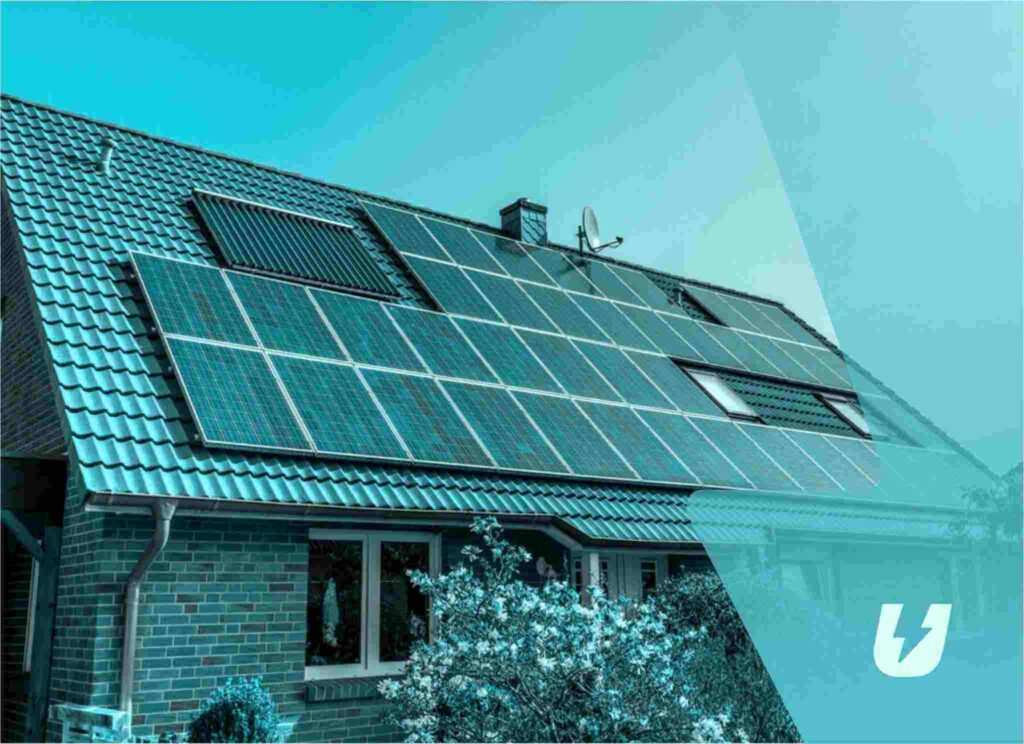
The energy-saving improvements will depend on the type of home you have, although the usual examples include:
- Solid wall, loft, or cavity wall insulation
- Draught-proofing
- Heating
- Double glazing
- Renewable energy – heat pumps or solar panels
If you need support on home improvements, you can get a loan through Green Deal, although you will be required to pay it back.
How to Figure Out if Your Home Will Benefit from the Green Deal
There are several ways to verify whether your property can benefit from the Green Deal and they include:
- Using an Energy Efficiency Calculator to determine how to reduce your home’s energy bills
- Determine which home energy grant you’re eligible to apply for
- Consult a Green Deal provider or assessor
If you want your home to improve your home’s energy savings and enjoy the benefits afterwards, then the Green Deal is the right choice for you.
Do you want to install a solar panel at home? Click here: How To Set Up A Solar Panel At Home
What to Do Next
We’ve listed 13 UK Renewable Energy Grants and funding opportunities. These RHI grants are provided by both public and private organisations and may apply to your home, business, community, or sector.
Whether you’re looking to innovate or invest in the energy industry, especially when it comes to low-carbon technology, energy efficiency, and renewables, these schemes can be a game-changer for you or your business.
Applying for these grants can be competitive as many businesses and organisations are vying for the opportunity to fund their projects. It is best to prepare all the documents and requirements needed to become eligible for these grants.
If you haven’t applied for a grant yet, and want to get one for your EV charger installation, look no further and check out our EV Charger Grant.
Check the following pages for more information about EV Charger Grants:
Workplace EV Charger Grant Guide

